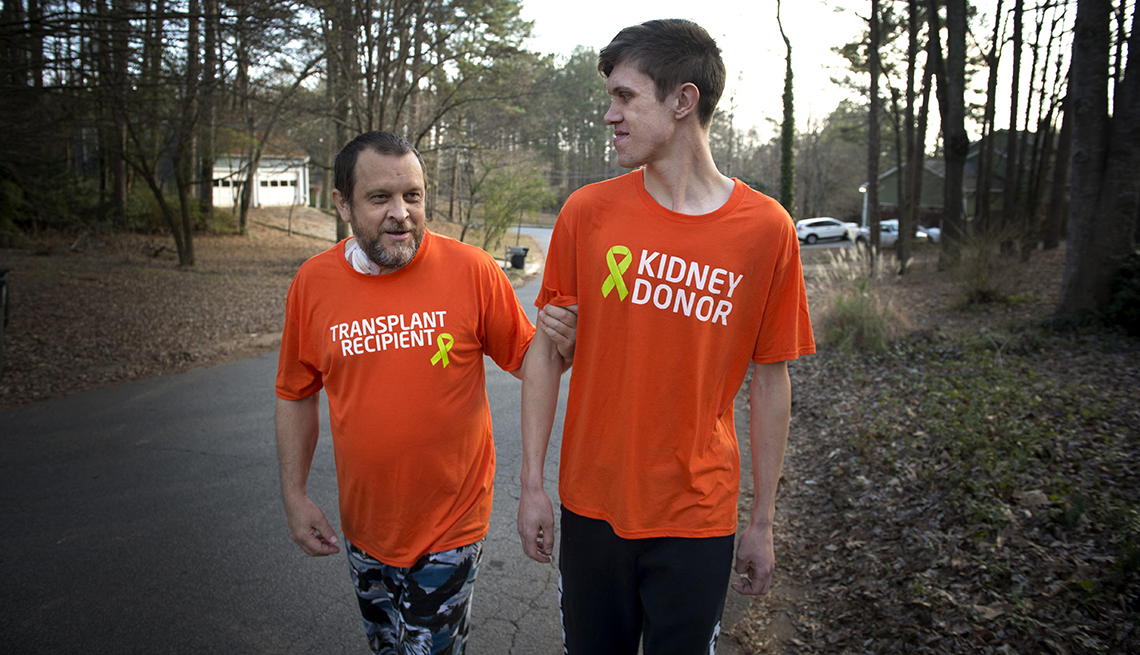Play all audios:
Neil Ketchledge, 54, received a kidney donation from his son Korbyn. Here they walk near their Kennesaw, Georgia home three days after the transplant surgery. ZUMA Press, Inc. / Alamy Stock
Photo Facebook Twitter LinkedIn
It should become easier for Medicare beneficiaries to get their dialysis treatments at home, and an increased number of people could get financial help if they want to donate a kidney for
transplantation, under a new regulation that will take effect in 2021.
Under the new rule, about one-third of Medicare patients dealing with end-stage renal disease (ESRD) will be enrolled in a program that “rewards more convenient, comfortable options like
home dialysis and incentivizes rather than discourages transplants,” Health and Human Services (HHS) Secretary Alex Azar said Friday in a call with reporters.
Officials at the Centers for Medicare & Medicaid Services (CMS) also said that ESRD patients, whose health is already vulnerable, could potentially be exposed to other illnesses, including
COVID-19, when they have to travel to dialysis centers to get this lifesaving care. ESRD patients have among the highest rate of COVID diagnoses among Medicare beneficiaries.
One way CMS will help people get their dialysis at home is by increasing how much Medicare will pay providers to encourage such care. And, beginning in July 2022, the government will base
some of its payments to kidney specialists and dialysis facilities on how much they increase home dialysis rates.
In addition to moving more patients from dialysis centers to home dialysis because it is more convenient, the shift is expected to save Medicare about $23.5 million over about five years,
according to Seema Verma, CMS administrator. Verma said that though ESRD patients make up only 1 percent of Medicare beneficiaries, they account for 7 percent — $35.9 billion — of Medicare
spending each year.
Among dialysis patients, about 12 percent now get their treatments at home, with the rest getting their care at dialysis centers. About 37 million Americans — more than 11 percent of the
population — are battling chronic kidney disease, and more than 800,000 have ESRD.

